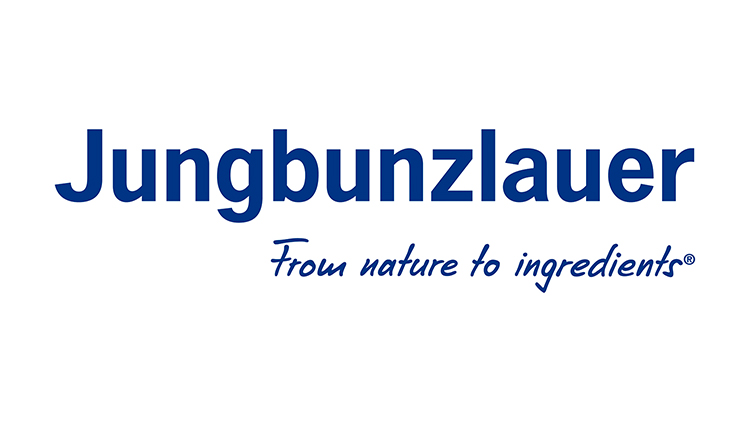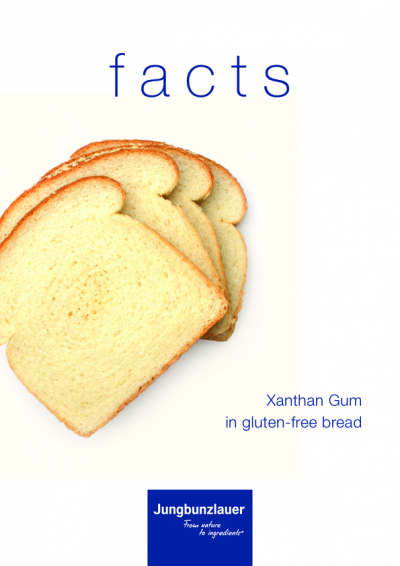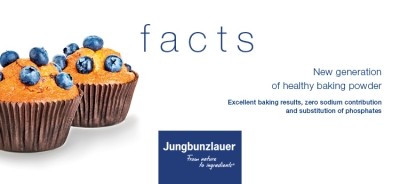Promotional Features
Improve texture in plant-based foods with hydrocolloids
Worldwide, consumers are increasingly including plant-based products in their diets, often for reasons of health, animal welfare or sustainability.
However, expectations of plant-based alternatives have risen as consumers are no longer willing to compromise on texture or mouthfeel at the expense of good intentions.
The protein counterparts of plant-based products are often expected to mimic their meat counterparts with regard to taste, texture, appearance, and nutritional value. Of these attributes, taste and texture seem to be key factors of the consumer’s perception and evaluation. According to a 2023 Innova Trends Survey, “taste and texture” was the most chosen answer (34%) by the respondents when asked why they would not consider plant-based alternatives.1
The structure of animal-derived foods, such as meat, and the behaviour of certain animal proteins, such as casein, are unique in texture. This can make them difficult to replicate, but it is not impossible.
The solution? Hydrocolloids – hydrophilic molecules, such as xanthan gum and gellan gum (TayaGel® HA) from Jungbunzlauer, which are used as functional ingredients to improve taste, texture and stability.
Jungbunzlauer carried out a series of studies on these properties of hydrocolloids, the results of which are presented below.
Oat-based barista blend
Oat milk is a popular alternative to dairy milk. However, it can be difficult to use in coffee beverages as the acidic environment can create protein instability and result in poor foam quality when steamed. This study investigated ways to improve the foam quality and reduce sugar of an oat barista blend.
The results show that adding TayaGel® HA, a high acyl gellan gum, to the oat base helped stabilise the foam and improve its uniformity. Additionally, a "no added sugar" version of the blend was created by using ERYLITE® erythritol, a natural sweetener.
The final recipe for the oat barista blend contains oat and water, canola oil, sugar, TayaGel® HA, dipotassium phosphate, and salt. In the sugar-reduced version, ERYLITE® erythritol is used as a natural sweetener.
The findings of this study suggest that TayaGel® HA and ERYLITE® erythritol are valuable tools for creating high-quality, good tasting oat-based barista drinks. These ingredients help to improve the foam quality and reduce the sugar content of oat milk, making it a more appealing option for consumers who are looking for a healthier and more sustainable alternative to dairy milk.
Oat-based cooking cream
Manufacturers of plant-based cream alternatives for cooking encounter similar challenges. These include achieving the right texture and mouthfeel, and ensuring stability during production and storage. On top of that, stability during cooking must be guaranteed.
The impact of Jungbunzlauer’s hydrocolloids on an oat-based cooking cream was investigated, in order to optimise stability, mouthfeel and cooking behaviour.
Stability tests and viscosity measurements show that a combination of xanthan gum and TayaGel® HA yielded the best results in the oat-based cooking cream. Xanthan gum acts as a thickener, adding viscosity and mouthfeel to the product, while TayaGel® HA stabilises the drink. This results in a cooking cream that is stable with a creamy, full-bodied mouthfeel.
In order to evaluate the product's performance in a cooking application, the cream was added to a tomato soup – a situation that represents both a typical and a challenging environment due to its salty and acidic nature (pH 4.3) and exposure to boiling temperature. The cream added sweetness and creaminess to the soup and there was no visual flocculation or separation observed.
Plant-based scrambled eggs
Plant-based scrambled egg substitutes often lack the texture of conventional scrambled egg. To explore this, both liquid and powdered recipes using TayaGel® HA were developed to investigate the impact on texture development in plant-based scrambled eggs.
The firmness in texture of both formulations increased with the addition of TayaGel® HA. Xanthan gum was added with TayaGel® HA in the liquid formulation to prevent phase separation in the raw product. In the powdered formulation, glucono-delta-lactone successfully replaced phosphate-based leavening agents. Shelf life testing was completed on both formulations, and the products were found to be stable for at least four weeks (liquid) or four months (powdered).
It was concluded that TayaGel® HA can help to create a better curd-like ‘scrambled’ texture in plant-based scrambled eggs. This improvement in texture provides a more appealing option for consumers who are looking for a plant-based alternative to eggs.
Plant-based cold cuts
Due to the steady rise of veganism and increased number of flexitarians, plant-based meat alternatives are a growth segment. The availability of multiple plant protein sources as bases for meat substitutes – together with corresponding technological capabilities – facilitate the advances in meat alternatives to meet this increasing demand.
Another study focused on how xanthan gum improves the texture of plant-based cold cuts – cooked and sliced sausages used for sandwiches – in combination with locust bean gum and kappa-carrageenan. A basic recipe containing water, sunflower oil, pea protein, lactic acid, salt, spices and flavourings was developed, and an analysis of texture profile was conducted.
It was found that xanthan gum in combination with locust bean gum and kappa-carrageenan resulted in improved textural properties. The hydrocolloid system forms a firm gel texture with typical bite and elasticity similar to that found in meat products. Furthermore, it provided excellent slice ability and precision in the separation of individual slices.
Plant-based caviar
Plant-based seafood is a niche area of the plant-based food space with huge potential for growth. Plant-based caviar is an interesting seafood product with texture, colour, and taste similar to traditional caviar, but it is hydrocolloid-based.
The production method for manufacturing plant-based caviar is spherification of algae products, achieved by reacting calcium with a hydrocolloid to form a crosslinked gel. There are two different methods of spherification: direct spherification, where a hydrocolloid solution is dropped into a calcium bath resulting in a fully gelled sphere; and reverse spherification, where a calcium-containing solution is dropped into a hydrocolloid bath, resulting a sphere with a liquid interior.
The texture of the gel can be enhanced by adding xanthan gum, which prevents shape deformities like tailing or teardrop shapes of the spheres. Highly soluble calcium salts, like calcium chloride and calcium lactate gluconate, can be used in these applications. The speed of the crosslinking process for spherification is independent of the calcium salt. However, the inorganic salt calcium chloride is known to impart a bitter taste.
The organic salt calcium lactate gluconate provides an advantage over calcium chloride as it has a neutral taste, even at higher concentrations. An evaluation into the sensory taste impact of calcium chloride versus calcium lactate gluconate, in both direct and reverse spherified plant-based caviar, found that calcium lactate gluconate is substantially cleaner in taste than calcium chloride.
Hydrocolloids for enhanced texture
The studies by Jungbunzlauer have shown that hydrocolloids such as xanthan gum and gellan gum (TayaGel® HA) can greatly enhance the texture and mouthfeel of plant-based foods. Thanks to their excellent stabilising and thickening effects, both hydrocolloids can improve a wide range of texturally-different plant-based food applications, such as dairy and meat alternatives, plant-based egg replacements and plant-based caviar.
References
1. Innova Database: Trend Report: Top 10 Trends 2023. (accessed 16 August 2023)





